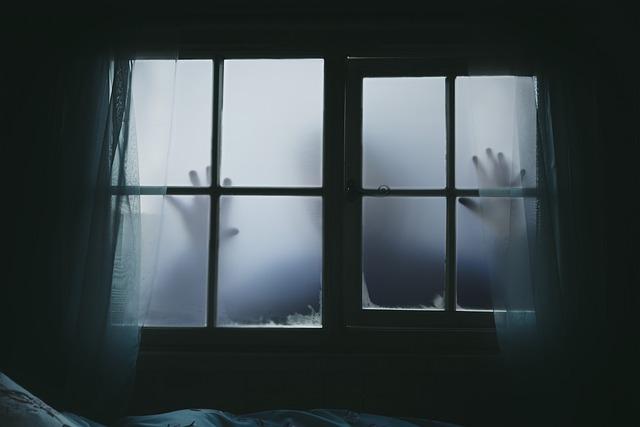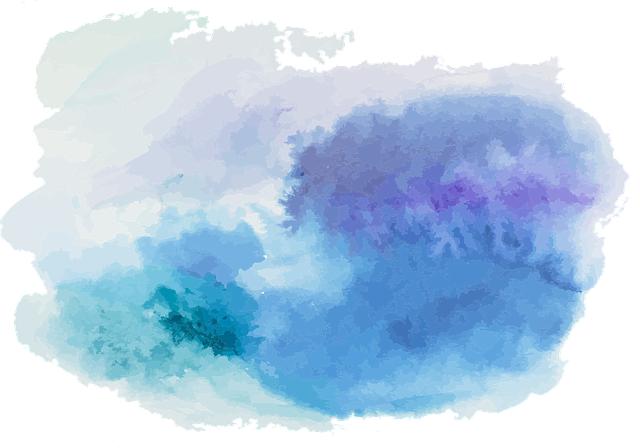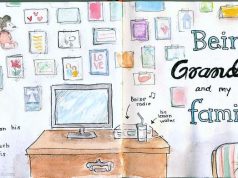In today’s fast-paced world, fear and stress have become unwelcome companions in many of our lives, often lurking in the shadows of our minds and affecting our well-being. While these feelings are natural responses to life’s challenges, they can become overwhelming if not managed effectively. Visualization, a powerful tool often used by athletes, performers, and successful individuals, offers a gentle yet effective way to transform these emotions into a sense of calm and control. In this article, we will explore a variety of visualization techniques designed to help you reduce fear and stress, guiding you towards a more peaceful and centered state of mind. With empathy and understanding, we will walk you through each step, ensuring that you have the resources and confidence to incorporate these practices into your daily routine. Whether you’re new to visualization or looking to deepen your practice, these tips will empower you to navigate life’s challenges with greater ease and resilience.
Understanding the Power of Visualization to Ease Anxiety
Visualization is a powerful tool that can help manage anxiety by creating a mental escape to a place of calmness and serenity. It taps into your imagination, allowing you to harness positive imagery to reduce fear and stress. Here are some effective visualization tips to help you find peace:
- Create a Safe Space: Imagine a place where you feel completely secure and at ease. It could be a serene beach, a lush forest, or even a cozy corner of your home. Fill this space with details—what do you see, hear, and smell? Let these elements envelop you.
- Visualize Your Breathing: Picture your breath as a gentle wave, flowing in and out. With each inhale, visualize a sense of calm entering your body. As you exhale, imagine stress and anxiety leaving you. This rhythmic imagery can enhance your focus and relaxation.
- Positive Outcomes: If you’re anxious about a specific event, visualize a positive outcome. Picture yourself handling the situation with confidence and ease. Envision the steps leading to a successful resolution, and let this empower you.
To further explore the effectiveness of visualization, consider these additional techniques and their benefits:
| Technique | Benefit |
|---|---|
| Guided Imagery | Provides structured support through audio or video guides, enhancing focus and relaxation. |
| Color Visualization | Associates specific colors with emotions, promoting calmness and reducing anxiety. |
| Future Visualization | Encourages planning and positive anticipation, reducing fear of the unknown. |
By incorporating these visualization techniques into your daily routine, you can cultivate a mental sanctuary that helps alleviate anxiety and stress, promoting a healthier mindset and overall well-being.

Creating a Safe Mental Space for Relaxation and Calm
Finding a peaceful mental space is essential in managing fear and stress. One effective method is visualization, which allows you to create and explore a tranquil environment within your mind. Here are some tips to help guide you through this process:
- Choose Your Safe Place: Imagine a location that brings you peace and happiness. It could be a serene beach, a lush forest, or a cozy room. Focus on the details that make this place comforting—like the sound of waves, the rustle of leaves, or the warmth of a fireplace.
- Engage All Your Senses: To make your visualization more vivid, incorporate all your senses. Picture the colors, hear the sounds, feel the textures, smell the scents, and even taste the air. This multisensory approach helps ground your mind in this calming environment.
- Practice Deep Breathing: As you visualize, pair your imagery with deep, slow breaths. Inhale deeply, filling your lungs, and then exhale slowly. This rhythm can help deepen your relaxation and maintain your focus on the visualization.
| Visualization Technique | Benefit |
|---|---|
| Guided Imagery | Offers structured support for those new to visualization. |
| Mindfulness Meditation | Helps in staying present and reducing anxiety. |
| Body Scan | Promotes relaxation by focusing on physical sensations. |
Remember, the key is consistency. Dedicate a few minutes each day to practice these techniques. Over time, you’ll find it easier to retreat to your safe mental space whenever you need a moment of calm.

Techniques to Transform Fear into Positive Imagery
Transforming fear into positive imagery can be a powerful way to alleviate stress and cultivate inner peace. This technique involves visualizing a safe and comforting place or scenario whenever fear arises. Start by closing your eyes and taking deep, calming breaths. Imagine a place where you feel completely at ease—it could be a serene beach, a tranquil forest, or even a cozy room filled with soft light. Engage all your senses in this visualization: hear the gentle waves, smell the fresh pine, or feel the warmth of the sunlight.
- Identify your fear: Acknowledge what specifically is causing your anxiety.
- Create a positive image: Picture a scenario where your fear is resolved, and you are safe.
- Focus on details: Enhance the imagery by focusing on colors, sounds, and textures.
- Repeat the process: Practice this visualization regularly to strengthen its impact.
To help you get started, here’s a simple table illustrating the transformation process:
| Fear Trigger | Positive Imagery |
|---|---|
| Public Speaking | Visualize a supportive audience cheering you on |
| Fear of Flying | Imagine yourself enjoying a peaceful flight above the clouds |
| Social Anxiety | Picture a friendly gathering where you feel welcomed |
By consciously redirecting your thoughts from fear to positivity, you can gradually train your mind to react differently to stressors, leading to a more balanced and harmonious state of being.

Practical Visualization Exercises for Everyday Stress Relief
Incorporating visualization into your daily routine can serve as a powerful tool for alleviating stress and reducing fear. These exercises are designed to be practical and accessible, allowing you to tap into your inner calm whenever needed. Here are some simple visualization techniques you can practice:
- Safe Haven Visualization: Close your eyes and imagine a place where you feel completely safe and at peace. It could be a beach, a forest, or even a room in your home. Focus on the details—the sounds, smells, and textures. Allow yourself to fully immerse in this sanctuary.
- Color Breathing: Visualize a calming color, such as blue or green. As you breathe in, imagine this color filling your body, bringing relaxation and tranquility. As you exhale, visualize stress leaving your body as a dark cloud.
- Future Visualization: Picture yourself in a future scenario where you have successfully overcome your current stressors. See yourself confident and at ease, and feel the emotions associated with this achievement.
For those who appreciate a structured approach, here’s a simple table to guide your practice:
| Exercise | Time Required | Best Time to Practice |
|---|---|---|
| Safe Haven Visualization | 5-10 minutes | Before sleep |
| Color Breathing | 3-5 minutes | During a break |
| Future Visualization | 10-15 minutes | Morning |
Remember, consistency is key. The more you practice these techniques, the more effective they become in helping you navigate daily stressors. Allow yourself the grace to explore and find what resonates best with you.








































